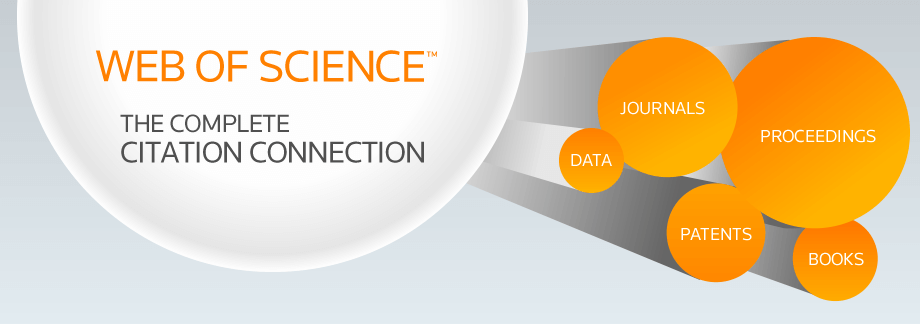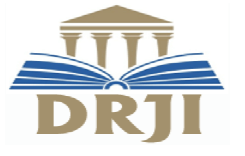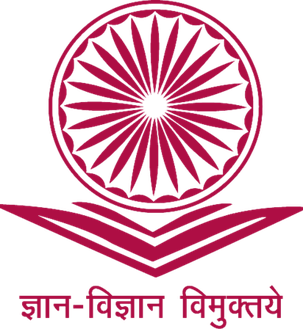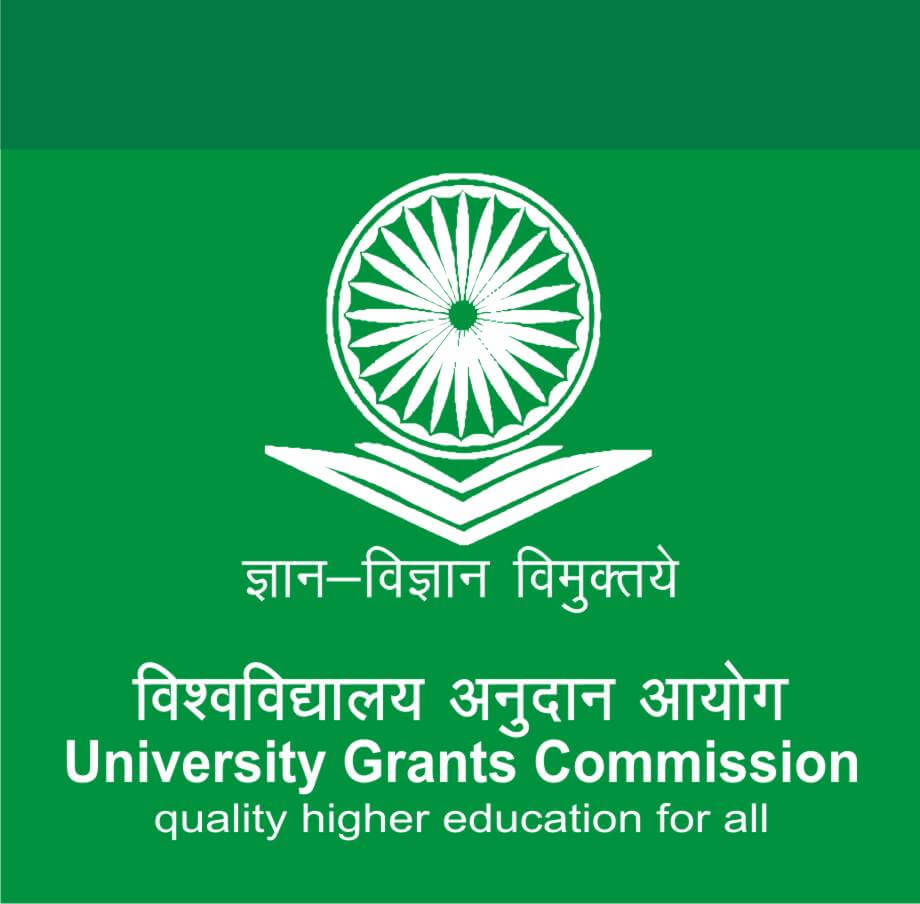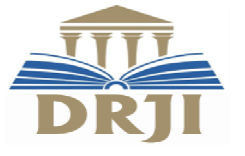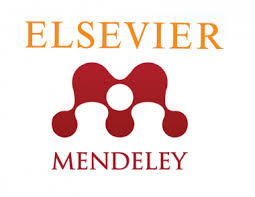INTERNATIONAL JOURNAL OF CREATIVE RESEARCH THOUGHTS - IJCRT (IJCRT.ORG)
International Peer Reviewed & Refereed Journals, Open Access Journal
IJCRT Peer-Reviewed (Refereed) Journal as Per New UGC Rules.
ISSN Approved Journal No: 2320-2882 | Impact factor: 7.97 | ESTD Year: 2013
Call For Paper - Volume 13 | Issue 10 | Month- October 2025
Scholarly open access journals, Peer-reviewed, and Refereed Journals, Impact factor 7.97 (Calculate by google scholar and Semantic Scholar | AI-Powered Research Tool) , Multidisciplinary, Monthly, Indexing in all major database & Metadata, Citation Generator, Digital Object Identifier(CrossRef DOI)
Contact Us Click Here
WhatsApp Contact Click Here
Volume 13 | Issue 10
| IJCRT Journal front page | IJCRT Journal Back Page |
Paper Title: ENHANCING PROPERTIES OF CONCRETE BY USING NANO-SILICA AS A PARTIAL REPLACEMENT OF CEMENT
Publisher Journal Name: IJCRT
Your Paper Publication Details:
Published Paper ID: - IJCRT2510008
Register Paper ID - 294364
Title: ENHANCING PROPERTIES OF CONCRETE BY USING NANO-SILICA AS A PARTIAL REPLACEMENT OF CEMENT
Author Name(s): POOJA ANNASAHEB VIKHE, Sarika babasaheb pokale
Publisher Journal name: IJCRT
Volume: 13
Issue: 10
Pages: a61-a65
Year: October 2025
Downloads: 9
Abstract
Concrete is most commonly used construction material and it consumes huge amount of cement. Manufacturing of cement produces increasing CO2 emission which is harmful to the environment. Method used to reduce cement content in concrete is use of nano-silica and Fly ash as a partial replacement of cement in concrete. Nanotechnology is one of the most promising areas of science. The use of nano materials in concrete is new revolution. Nano silica is presently used in concrete to modify its strength properties. In this study strength properties such as Compressive strength, Split tensile strength, Pullout strength of M40 grade of concrete with the use of nano silica 1.5%, 3%, 4.5%, 6%, 7.5% and 10% of constant rate of flyash as partial replacement of cement were studied. It was observed from the experimental study that concrete composites with superior properties can be produced using combination of nano silica and fly ash.
Licence: creative commons attribution 4.0
License
Keywords
Nano silica, Compressive strength, Split tensile strength, Pullout strength
License
Paper Title: "Initial Public Offerings, their Features and Performance Evaluation with specific reference to Indian Companies in the last decade"
Publisher Journal Name: IJCRT
Your Paper Publication Details:
Published Paper ID: - IJCRT2510007
Register Paper ID - 294381
Title: "INITIAL PUBLIC OFFERINGS, THEIR FEATURES AND PERFORMANCE EVALUATION WITH SPECIFIC REFERENCE TO INDIAN COMPANIES IN THE LAST DECADE"
Author Name(s): DR. VENKATESH.C.K.
Publisher Journal name: IJCRT
Volume: 13
Issue: 10
Pages: a50-a60
Year: October 2025
Downloads: 9
Abstract
This paper tries to explore the performance and characteristics of Initial Public Offerings (IPOs) of Indian companies listed in Bombay Stock Exchange during the past ten years period from 2010 to 2020. The study undertakes to evaluate the performance of IPOs on the basis of its nature of return on the first day of its listing. The first day of listing is considered to be the Acid-Test day for any company's listing and its performance on the first day envisages the fact that "First impression is the Best Impression. The current work has used the event study methodology, where in, an event window is created with 70 days as the base, for these 70 days Average Abnormal Returns (ARR) and Cumulative Average Abnormal Returns (CAAR) were calculated to analyse the performance of IPOs. To calculate the market adjusted return BSE SENSEX was considered as the benchmark index. The study has attempted to verify IPO performance in India on the basis of nature of return on the first day of trading. It was found in the analysis that Indian IPOs underperformed irrespective of its nature of return on the first day of listing. From the analysis it is also evidenced that the companies which had negative return on the first day of trade have severely underperformed than the companies having positive return on the first day of trading. The goal of this paper is to establish evidence to identify those companies which have performed better as well as underperformed after its first day of trading.
Licence: creative commons attribution 4.0
License
Keywords
IPO, Index, Average Abnormal Return, Cumulative Average Abnormal Return
License
Paper Title: The Power of Emotion: Understanding Emotional Trigger in Advertising
Publisher Journal Name: IJCRT
Your Paper Publication Details:
Published Paper ID: - IJCRT2510006
Register Paper ID - 294507
Title: THE POWER OF EMOTION: UNDERSTANDING EMOTIONAL TRIGGER IN ADVERTISING
Author Name(s): Preeti Kapoor
Publisher Journal name: IJCRT
Volume: 13
Issue: 10
Pages: a39-a49
Year: October 2025
Downloads: 3
Abstract
Emotional triggers in advertising are strategic elements designed to evoke specific emotional responses from consumers, such as joy, fear, sadness, or empathy. By appealing to the audience's emotions rather than relying solely on logic or information, advertisers can create stronger connections with their target market, enhance message retention, and influence purchasing behavior. These triggers are often embedded in storytelling, imagery, music, or tone to make the advertisement more memorable and impactful. This paper examines how emotional triggers in advertising shape consumer attention, memory, attitudes, and purchase behavior. Drawing on cognitive-emotional neuroscience, advertising research, and neuromarketing practice, the paper synthesizes theoretical frameworks, measurement methods, and practical case studies to identify which emotions are most persuasive, why they work, and how advertisers can deploy them ethically and effectively. The paper concludes with actionable recommendations for practitioners and directions for future research.
Licence: creative commons attribution 4.0
License
Keywords
Emotional advertising, emotional triggers, neuromarketing, consumer behavior, ad effectiveness, memory, persuasion
License
Paper Title: A Comparative Study of Employee Quality of Work Life (QWL) in Public, Cooperative, and Private Sector Banks in Pune
Publisher Journal Name: IJCRT
Your Paper Publication Details:
Published Paper ID: - IJCRT2510005
Register Paper ID - 294488
Title: A COMPARATIVE STUDY OF EMPLOYEE QUALITY OF WORK LIFE (QWL) IN PUBLIC, COOPERATIVE, AND PRIVATE SECTOR BANKS IN PUNE
Author Name(s): Kajal P Mokal, Dr. Pushpa Pamnani,, Dr. Vora Manoj Laxmichand
Publisher Journal name: IJCRT
Volume: 13
Issue: 10
Pages: a30-a38
Year: October 2025
Downloads: 5
Abstract
This study empirically examines the Quality of Work Life (QWL) among employees across Public Sector, Cooperative, and Private Sector banks in Pune, India, positioning QWL as critical determinant of competitive advantage and organizational performance. Utilizing a cross-sectional, quantitative design with a balanced sample (N=90), the analysis focused on six key QWL dimensions. Statistical testing (ANOVA, Chi-square, Regression) confirmed statistically significant sectoral differences across all major QWL dimensions (p<0.05). Public banks led in Job Security (Mean 4.35) and Work-Life Balance (Mean 3.85); while Private banks excelled in Compensation (Mean 4.15) and Career Growth (Mean 4.25). Cooperative banks registered the highest mean for Social Integration (4.10). Multiple Regression Analysis identified Career Growth Opportunities (?=0.45,p<0.001) as the most influential factor driving overall employee satisfaction. The paper concludes by proposing sector-specific strategies to address the distinct challenges of stability, stress, and structural deficit in each banking cohort.
Licence: creative commons attribution 4.0
License
Keywords
Quality of Work Life (QWL), Public Sector Banks, Private Sector Banks, Cooperative Banks, Job Security, Career Growth, Work-Life Balance, Employee Satisfaction.
License
Paper Title: India's Innovation Ecosystem: Drivers, Opportunities, and Policy Challenges
Publisher Journal Name: IJCRT
Your Paper Publication Details:
Published Paper ID: - IJCRT2510004
Register Paper ID - 294474
Title: INDIA'S INNOVATION ECOSYSTEM: DRIVERS, OPPORTUNITIES, AND POLICY CHALLENGES
Author Name(s): Dr. K. Suvarchala Rani, Divya Goyal, Kamuni Raja Kiran Kumar, I. Bhaskar
Publisher Journal name: IJCRT
Volume: 13
Issue: 10
Pages: a21-a29
Year: October 2025
Downloads: 9
Abstract
India's innovation ecosystem has undergone significant transformation in recent years, shaped by rapid digitalization, rising entrepreneurship, and policy interventions designed to stimulate research and development. This paper examines the growth drivers of India's innovation landscape, including demographic advantages, expanding digital infrastructure, government initiatives such as Startup India and Atal Innovation Mission, and the increasing role of global investment and collaboration. At the same time, persistent challenges remain, particularly in bridging regional disparities, strengthening intellectual property protection, scaling up R&D expenditure, and fostering linkages between academia, industry, and government. The study adopts a descriptive and analytical approach, drawing on secondary data from government reports, industry surveys, and international indices. It highlights the dual role of opportunities and barriers: while India is emerging as one of the world's leading hubs for technology-driven entrepreneurship, structural bottlenecks in regulatory frameworks, talent retention, and funding mechanisms continue to constrain its full potential. The findings suggest that India's innovation ecosystem can serve as a growth engine for sustainable development if complemented by inclusive policies, strong governance mechanisms, and global partnerships. The paper concludes that moving forward, the key priority lies in aligning innovation with broader social and economic goals, ensuring that the ecosystem not only accelerates economic growth but also fosters equitable and resilient development.
Licence: creative commons attribution 4.0
License
Keywords
Innovation ecosystem; India; Entrepreneurship; Policy challenges; Sustainable growth
License
Paper Title: Emergence of Autonomous Agent Trends, Challenges, and Future Directions
Publisher Journal Name: IJCRT
Your Paper Publication Details:
Published Paper ID: - IJCRT2510003
Register Paper ID - 294313
Title: EMERGENCE OF AUTONOMOUS AGENT TRENDS, CHALLENGES, AND FUTURE DIRECTIONS
Author Name(s): Rupesh Gupta, Ritu Mishra, Navita Srivastav
Publisher Journal name: IJCRT
Volume: 13
Issue: 10
Pages: a12-a20
Year: October 2025
Downloads: 10
Abstract
Autonomous agents have evolved from elementary rule-based systems to complex, adaptive, and learning-based entities capable of reasoning, planning, and acting in complex environments. In this paper, we overview their development, outlining the milestones and present state, the domains under development, and the fundamental issues relating to added autonomous behavior. We explore issues of safety, robustness, security, interpretability, and governance. Upon this analysis, targeted research and strategies for mitigation are suggested. This article aims to be a resource for researchers, practitioners, and policymakers involved in the design, production, and deployment of agentic AI systems.
Licence: creative commons attribution 4.0
License
Keywords
Keywords: Autonomous agents; large language models; reinforcement learning; multi-agent systems; AI safety; interpretability; governance.
License
Paper Title: Mechanical behaviour and Mechanical properties of Sandwich shape beam structure
Publisher Journal Name: IJCRT
Your Paper Publication Details:
Published Paper ID: - IJCRT2510002
Register Paper ID - 294386
Title: MECHANICAL BEHAVIOUR AND MECHANICAL PROPERTIES OF SANDWICH SHAPE BEAM STRUCTURE
Author Name(s): Dhananjay Anil Borude, Shital Ashok Mangude
Publisher Journal name: IJCRT
Volume: 13
Issue: 10
Pages: a6-a11
Year: October 2025
Downloads: 8
Abstract
Abstract: Sandwich beams are composite structure having high stiffness and Strength ratios and are used as light weight load bearing components. The use of thin, strong skin sheets adhered to thicker, lightweight core materials has allowed industry to build strong, stiff, light, and durable structures. This study examines the behaviour of sandwich shape beams driven by the viscoelastic rubber core. Finite element (FE) method is used to analyze the overall transient responses, harmonic responses and the static responses of the sandwich systems subject to a concentrated point load at the mid span of the beam. The innovative form of SCS sandwich beam design, their mode of failures, their static response has been thoroughly studied from the journals for initiating the project. The preliminary tests were carried out for normal weight concreting materials. From preliminary tests results all the material properties were arrived. From that results mix proportion of M30 grade of concrete has been achieved. By using this mix ratio concrete cube were casted for attaining desired strength of parameters. All the tests were conducted for hardened concrete. From that results we obtained concrete for compressive strength. Lastly the SCS beams, normal beams and SCS beams with inclined connectors were casted and testing was carried out on it.
Licence: creative commons attribution 4.0
License
Keywords
Component, Sandwich, viscoelastic, deformation fields.
License
Paper Title: "Mechanical Performance of jute fibre Reinforced concrete with partial replacement of cement by Wollastonic powder"
Publisher Journal Name: IJCRT
Your Paper Publication Details:
Published Paper ID: - IJCRT2510001
Register Paper ID - 294412
Title: "MECHANICAL PERFORMANCE OF JUTE FIBRE REINFORCED CONCRETE WITH PARTIAL REPLACEMENT OF CEMENT BY WOLLASTONIC POWDER"
Author Name(s): Sarika Babasaheb Pokale, Pooja Annasaheb Vikhe
Publisher Journal name: IJCRT
Volume: 13
Issue: 10
Pages: a1-a5
Year: October 2025
Downloads: 8
Abstract
Abstract: Concrete is a commonly employed construction material for a wide range of structures because of its robust structural integrity and strength. Ordinary portland cement is a crucial component in the manufacturing of concrete and is irreplaceable in the civil construction sector. By utilizing industrial by-products as a substitute for cement, sustainable energy and cost savings can be achieved. Wollastonite enhances the functionality of various products, including polymers, plastics, paints and coatings, construction materials, friction devices, ceramics, and more. It has also been utilized in metallurgical applications. Wollastonite powder is utilized in various mixtures that can be substituted for 0% to 18% of cement's weight in concrete, while maintaining a constant percentage of jute fiber. After a curing period of 28 days, the concrete is examined for its compressive strength, flexural strength, and durability. These are in comparison with a standard mixture that contains 0% wollastonite powder and a constant percentage of jute fiber, which determines the optimal combination for replacing the material.
Licence: creative commons attribution 4.0
License
Keywords
Wollastonite Powder, OPC, Concrete, Compressive Strength, Flexural Strength.
License
About IJCRT
The International Journal of Creative Research Thoughts (IJCRT) aims to explore advances in research pertaining to applied, theoretical and experimental Technological studies. The goal is to promote scientific information interchange between researchers, developers, engineers, students, and practitioners working in and around the world.
Indexing In Google Scholar, ResearcherID Thomson Reuters, Mendeley : reference manager, Academia.edu, arXiv.org, Research Gate, CiteSeerX, DocStoc, ISSUU, Scribd, and many more International Journal of Creative Research Thoughts (IJCRT) ISSN: 2320-2882 | Impact Factor: 7.97 | 7.97 impact factor and ISSN Approved. Provide DOI and Hard copy of Certificate. Low Open Access Processing Charges. 1500 INR for Indian author & 55$ for foreign International author. Call For Paper (Volume 13 | Issue 10 | Month- October 2025)
October 2025
Volume 13 | Issue 10
Last Date :
31-Oct-2025
Submit Manuscript Online Impact Factor: 7.97 Review Results : Within 02-03 Days Paper Publication : Within 02-03 Days

ISSN: 2320-2882 Impact Factor: 7.97 and ISSN APPROVED Journal Starting Year (ESTD) : 2013

ISSN: 2320-2882 Impact Factor: 7.97 and ISSN APPROVED Journal Starting Year (ESTD) : 2013
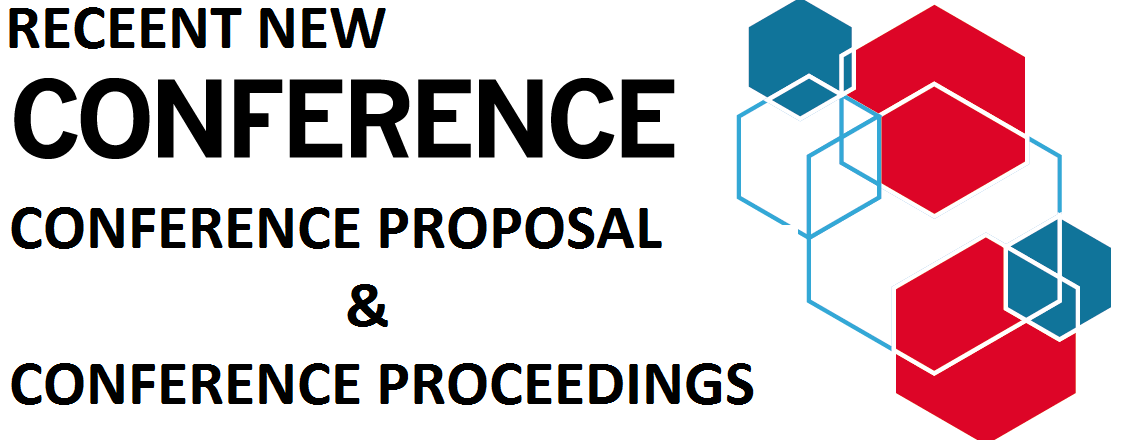
CONFERENCE PROPOSAL CONFERENCE PROCEEDINGS





